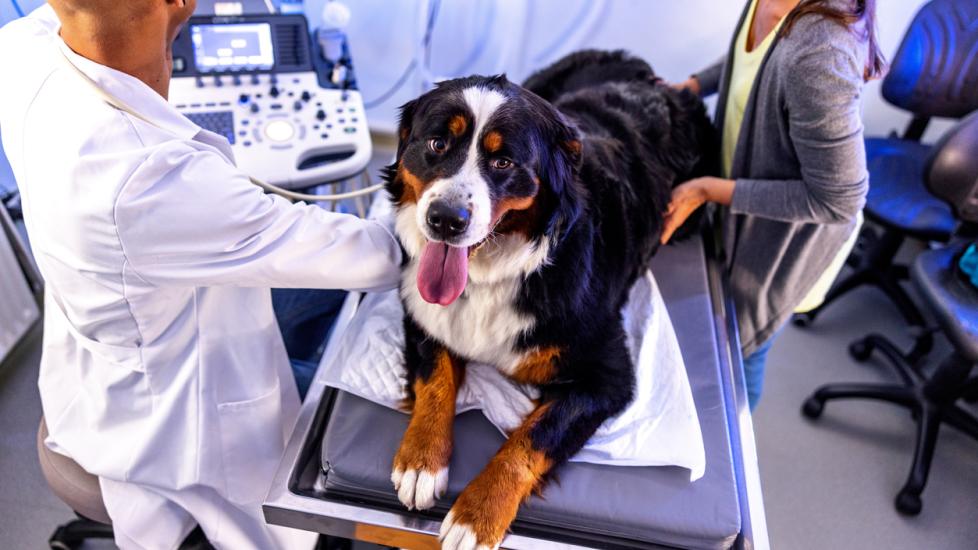In the world of our canine companions, spondylosis deformans is a common degenerative condition that affects their spinal health. This condition, often referred to as “degenerative spine disease” or simply “arthritis of the spine,” is characterized by bony growths and changes along the vertebral column. While it’s a natural part of aging for many dogs, understanding this condition and its implications is crucial for ensuring your pet leads a comfortable life despite any limitations.
Understanding Spondylosis Deformans:
Spondylosis deformans typically occurs when wear and tear on the spine leads to the formation of bone spurs or osteophytes around the joints between the vertebrae. These growths are the body’s attempt at stabilizing areas where there has been damage or instability, but they can also contribute to further discomfort if they press against nearby nerves or tissues. The condition may be accompanied by disc degeneration, which can cause pain, stiffness, and reduced mobility.
Signs and Symptoms:
Dogs with spondylosis deformans might exhibit several signs, including:
– Lack of flexibility or difficulty bending over or getting up after lying down.
– Painful movement or reluctance to engage in activities they once enjoyed.
– Limping, walking with an abnormal gait, or dragging limbs affected by nerve compression.
– Hunched posture due to spinal rigidity.
– Loss of appetite or decreased activity level.
Diagnosis and Management:
If you suspect your dog has spondylosis deformans, it’s important to consult with a veterinarian who specializes in orthopedics or neurology. They will likely perform a thorough physical examination followed by imaging tests such as X-rays or CT scans to assess the extent of the condition. Treatment options include anti-inflammatory medications, supplements to support joint health, weight management, regular exercise (modified to accommodate any restrictions), and sometimes even surgery in severe cases. Physical therapy and hydrotherapy can help maintain muscle strength and range of motion.
Prevention and Lifestyle Adjustments:
While spondylosis deformans is primarily associated with age, certain lifestyle factors can influence its onset or progression. Keeping your dog at a healthy weight through proper diet and portion control reduces stress on the back and joints. Regular low-impact exercises like walks or swimming can strengthen muscles without exacerbating arthritis symptoms. Additionally, providing supportive bedding and ramps can make everyday tasks more accessible and less stressful for older pets.
Conclusion:
Spondylosis deformans is not a death sentence for your beloved companion; rather, it’s an opportunity to show extra care and attention to their needs. By recognizing early signs and working closely with veterinary professionals, you can develop a tailored plan to manage the condition effectively. Remember, every dog is unique, so what works best may vary from one individual to another. Your dedication to maintaining your pet’s quality of life will ensure they continue to enjoy the bond you share well into their senior years.
